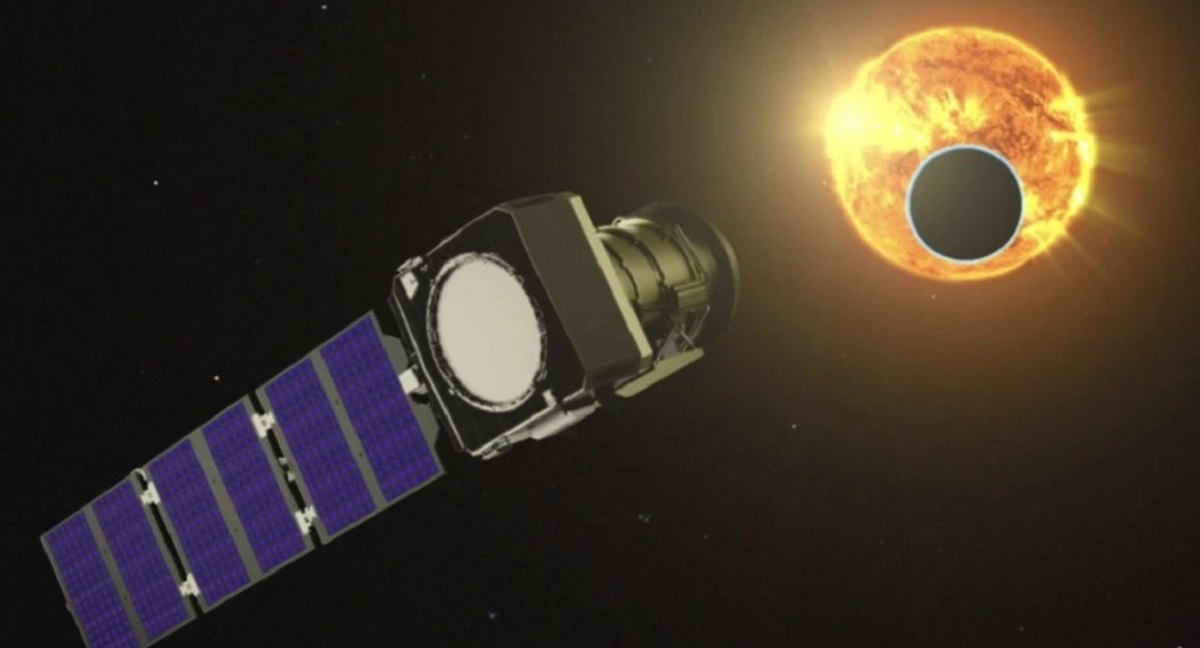NASA has officially announced the confirmation of the 6,000th exoplanet—a planet orbiting a star other than our Sun—since the first detection in the 1990s. This milestone highlights the exponential growth in planetary astronomy, driven largely by the Transiting Exoplanet Survey Satellite (TESS) and the archival data from the retired Kepler space telescope.
The 6,000th confirmed world is a ‘super-Earth’ named HD 109833 b, found orbiting a red dwarf star 72 light-years away. Researchers believe its mass and density suggest it could retain a thin atmosphere, making it a target for future James Webb Space Telescope (JWST) atmospheric characterization studies.
The pace of discovery is accelerating, with thousands more ‘candidate’ planets awaiting confirmation. The data reveals that the most common planets are either Neptune-sized or Super-Earths, proving that our own solar system’s arrangement is not typical.
This continuous influx of data is essential for testing theories on planet formation and is vital for the eventual goal of finding a truly habitable world. NASA also launched the Interstellar Mapping and Acceleration Probe (IMAP) toward the Sun-Earth L1 Lagrange point to collect interstellar dust and investigate space weather, an equally vital component for understanding the cosmic environment of these new worlds.




